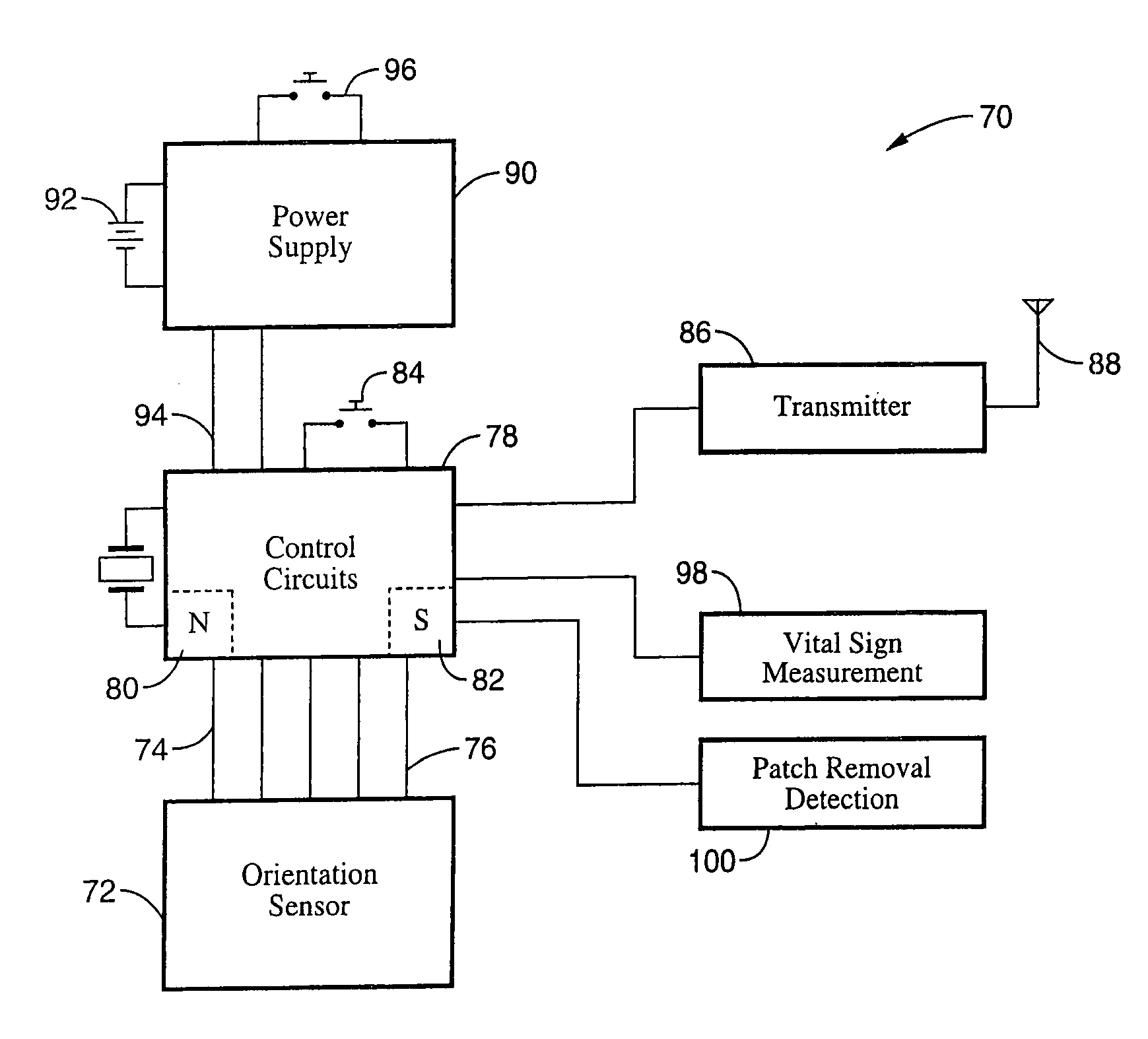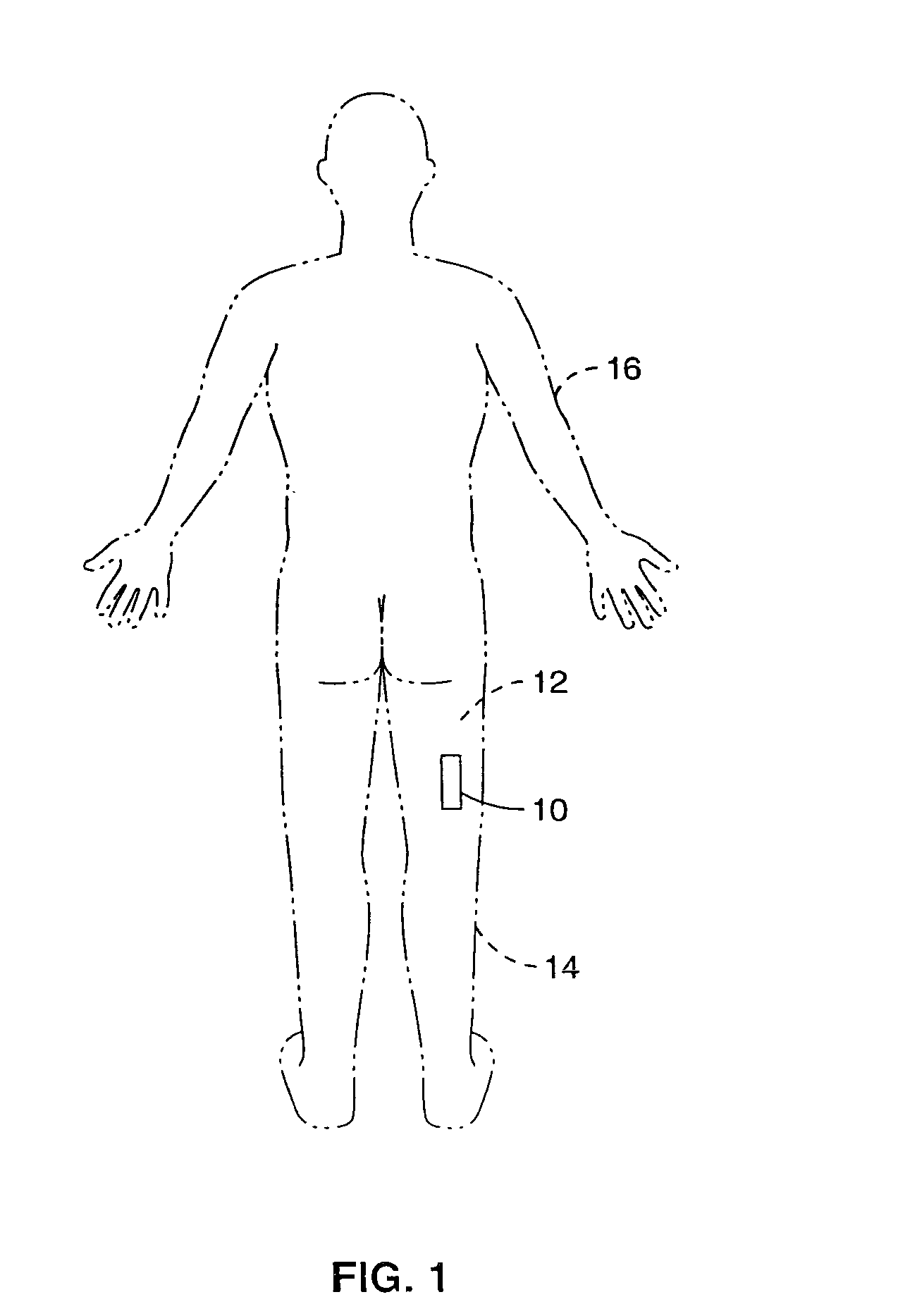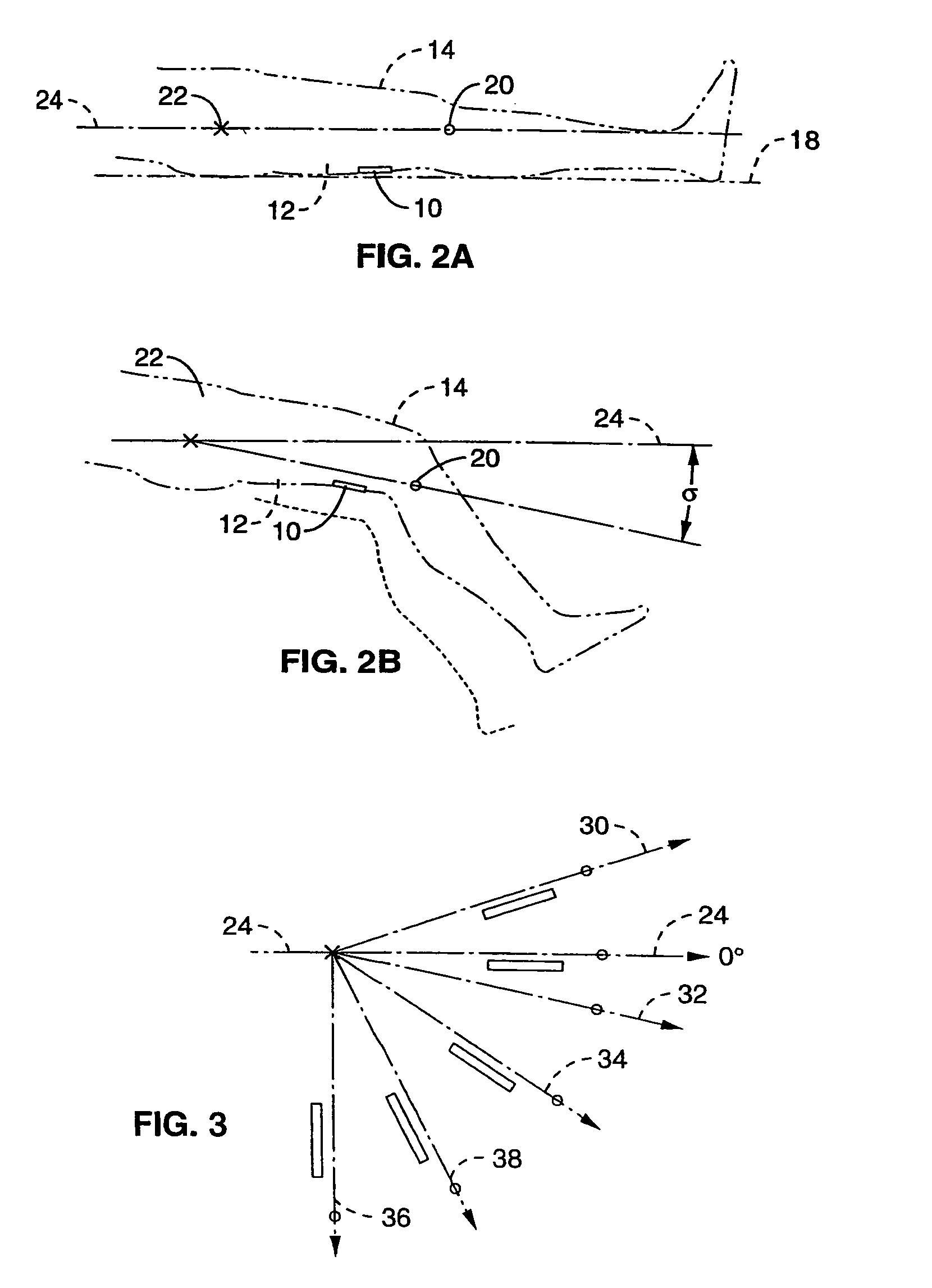Injuries sustained from falls, such as by the elderly and patients within a medical facility, can be both debilitating and costly.
It is also a growing problem within the
population as the fastest-growing segment of society are those over 65 years of age.
The situation is especially egregious for the most frail and ill of our elderly, currently about two million of us, that require full-time care in a skilled
nursing facility.
In addition, numerous cases of falls occur among those with mental disorders.
An individual suffering from any form of mental
confusion, whether endemic or due to the effect of medication, is subject to an
increased risk of falling due to the associated impairment of judgment, lack of visual-
spatial perception, loss of ability to orient themselves geographically (Rubenstein 1994), inability to understand, or
impaired memory functions (Evans 1998).
In the past, patients considered to be at a high risk of falling were often restrained to their beds to prevent unassisted egress; however, it will certainly be appreciated that such treatment is contrary to the dignity of the patient.
Furthermore, the use of restraints is generally impractical and it is often illegal (Health Care Reform Act of 1994).
Another drawback is the inherent difficulty in attempting to accurately identify individuals that have a
high likelihood of falling.
Wearing these protective garments has been shown to provide a measure of protection against hip fractures, however, a large percentage of patients either refuse to wear the protective garments or become non-compliant with regard to use over time.
These devices can be cumbersome and often restrain the movements of an individual.
The effectiveness of current devices for monitoring position or activity has been limited for several well-known reasons.
Often such devices are unreliable as they rely on pendulums, mercury switches, or other forms of mechanisms that do not provide reliable detection.
The majority of these devices are prone to the generation of false positives due to these inherently unreliable sensing mechanisms.
Ultimately, as a result of the false alarms, the wearer or caregiver becomes conditioned to ignore the alarm, thereby negating any possible benefits that may have otherwise been derived.
Unreliable sensing is particularly troublesome for devices that are not directly worn by the subject, such as pressure-activated devices, that indirectly infer subject orientation or activity.
As a group, the devices can be difficult to operate, or their operation may be suitable only for limited clinical use.
This limitation can preclude the use of these devices for a substantial percentage of potential users who may be confused, disoriented, or unconscious and thus unable to activate the device.
Devices that are worn directly by a subject tend to be large, bulky, awkward, and / or uncomfortable which limits user acceptance and concomitant use.
Several devices are further limited with regard to their applicability, as they may need to be worn by the human subject in a way that restrains the individual and / or comprises human dignity.
Limited mobility is one particularly strong objection to many such devices which require the subject to be “attached” to the device by way of restrictive harnesses, belts, tethers, cords, cuffs, bracelets, elastic bands, or the like.
Devices requiring the aforementioned attachments are not suitable for continuous wear by an individual, and periodic disconnection is required to accommodate a number of activities, such as
bathing.
The restriction of movement caused by these devices is obtrusive and can noticeably interfere with sleep or daily activities.
Not surprisingly, the interference that need be endured when using these devices compromises their acceptance and effectiveness.
The relatively high cost of these devices is often further exacerbated by their associated methods of use which subject the devices to both damage, such as from inadvertent washing, and from theft.
A further complication often arises after one of these devices becomes damaged or otherwise needs to be disposed of, because the commonly used mercury switches within the devices present a special
waste disposal requirement that can be particularly challenging within a health
care facility.
Attempts to solve the foregoing problems employing an assortment of electro-mechanical alarms have been largely met with failure.
The actual liability associated with falls is so high that we see increasing use of these devices, apparently just to make patients and their families feel like “something” is being done, even though they are costly and ineffective.
One of these problematic devices attempts to monitor the
bed, or floor area near the
bed, for changes in applied force.
The device was found to generate false positives while being difficult to maintain and cumbersome.
Independent reviews of additional devices currently on the market have concluded that no device exists which has been successful at reducing the rate of falls, and that a portion of these device types were actually associated with an increase in the incidence of falls.
The drawbacks associated with the current monitoring devices are regrettable in view of the serious nature and sheer number of injuries which are sustained from falls.
 Login to View More
Login to View More  Login to View More
Login to View More 


